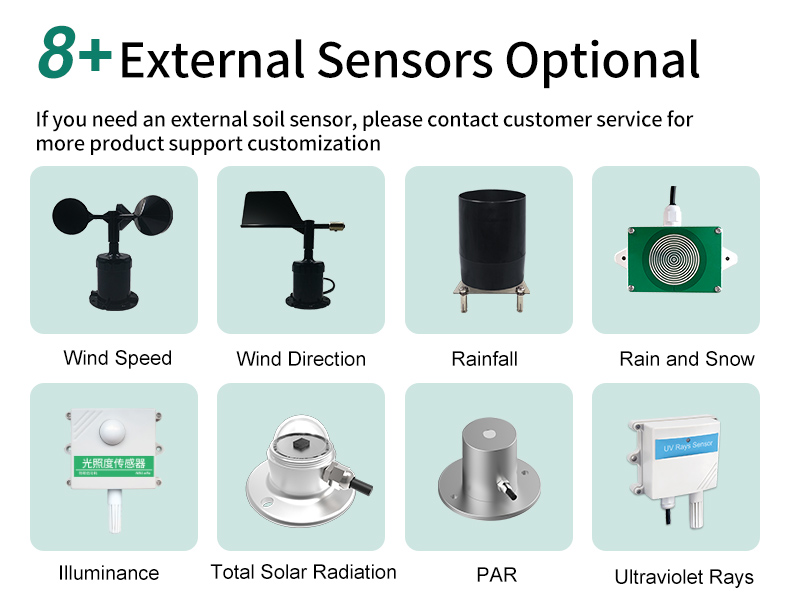An ambient weather station serves as an all-in-one solution for monitoring and collecting meteorological data. In this article, we will explore the significance of ambient weather stations, their components, their functionality, and how they contribute to enhancing our understanding and response to weather conditions.
Importance of Ambient Weather Stations:
1.1 Accurate Weather Monitoring:

Ambient weather stations provide real-time and accurate information about current weather conditions, including temperature, humidity, wind speed and direction, barometric pressure, rainfall, and more. This data helps individuals, businesses, and organizations make informed decisions and take appropriate actions based on the prevailing weather conditions.
1.2 Safety and Protection:
Weather can have a significant impact on our safety and well-being. Ambient weather stations allow users to monitor severe weather events such as storms, hurricanes, or extreme temperatures. The timely and accurate information provided by these stations enables individuals to take necessary precautions, evacuate if required, or stay informed about local weather conditions.
1.3 Environmental Monitoring:
Ambient weather stations provide valuable data for environmental monitoring, including air quality, UV index, and solar radiation. This information contributes to understanding the impact of weather conditions on the environment, aiding in pollution control measures, and supporting climate change research.
Components of an Ambient Weather Station:
2.1 Weather Sensors:

Weather sensors are the core components of an ambient weather station. These sensors include a thermometer for measuring temperature, a hygrometer for measuring humidity, an anemometer for measuring wind speed and direction, a barometer for measuring atmospheric pressure, a rain gauge for measuring rainfall, and additional sensors for monitoring UV index, solar radiation, and more.
2.2 Data Logger:
A data logger is responsible for collecting and storing data from the weather sensors. It is equipped with memory storage and can record data at regular intervals. The data logger acts as a central processing unit for the weather station, ensuring accurate data collection and transmission.
2.3 Display Console:
The display console is the user interface of an ambient weather station. It provides real-time readings of weather data collected by the sensors. The console may have a graphical display, numeric readouts, and various indicators for different weather parameters. Some advanced weather stations also come with the capability to connect to a computer or smartphone for remote monitoring and data analysis.
2.4 Communication Options:
Ambient weather stations may include communication capabilities for transmitting weather data to external devices. This can be achieved through wired connections like Ethernet or USB, or wireless technologies such as Wi-Fi, Bluetooth, or radio frequency. These options enable users to access weather information remotely and integrate data into weather forecasting systems or personal weather websites.
Functionality of Ambient Weather Stations:
3.1 Real-Time Data Collection:
Ambient weather station continuously collect data from weather sensors, providing real-time information on temperature, humidity, wind, and other weather parameters. This allows users to track changes and fluctuations in weather conditions throughout the day.
3.2 Historical Data Analysis:
Weather stations store data collected over time, allowing for historical analysis and trend identification. This data can be analyzed to understand long-term weather patterns, make weather predictions, and study weather-related phenomena.
3.3 Alarms and Notifications:
Many ambient weather stations include alarm features that can be set to trigger notifications or alerts based on specific weather conditions. For example, users can set an alarm to be alerted when the temperature reaches a certain threshold or when strong wind speeds are detected. These alerts help individuals stay informed and take appropriate actions as needed.
Conclusion:
Ambient weather stations serve as powerful tools for monitoring and collecting meteorological data. By providing real-time and accurate information about weather conditions, these stations help individuals make informed decisions, ensure personal safety, and contribute to environmental research. With their advanced sensors, data logging capabilities, and communication options, ambient weather stations have become essential devices for those seeking to understand and respond effectively to the ever-changing nature of our environment.